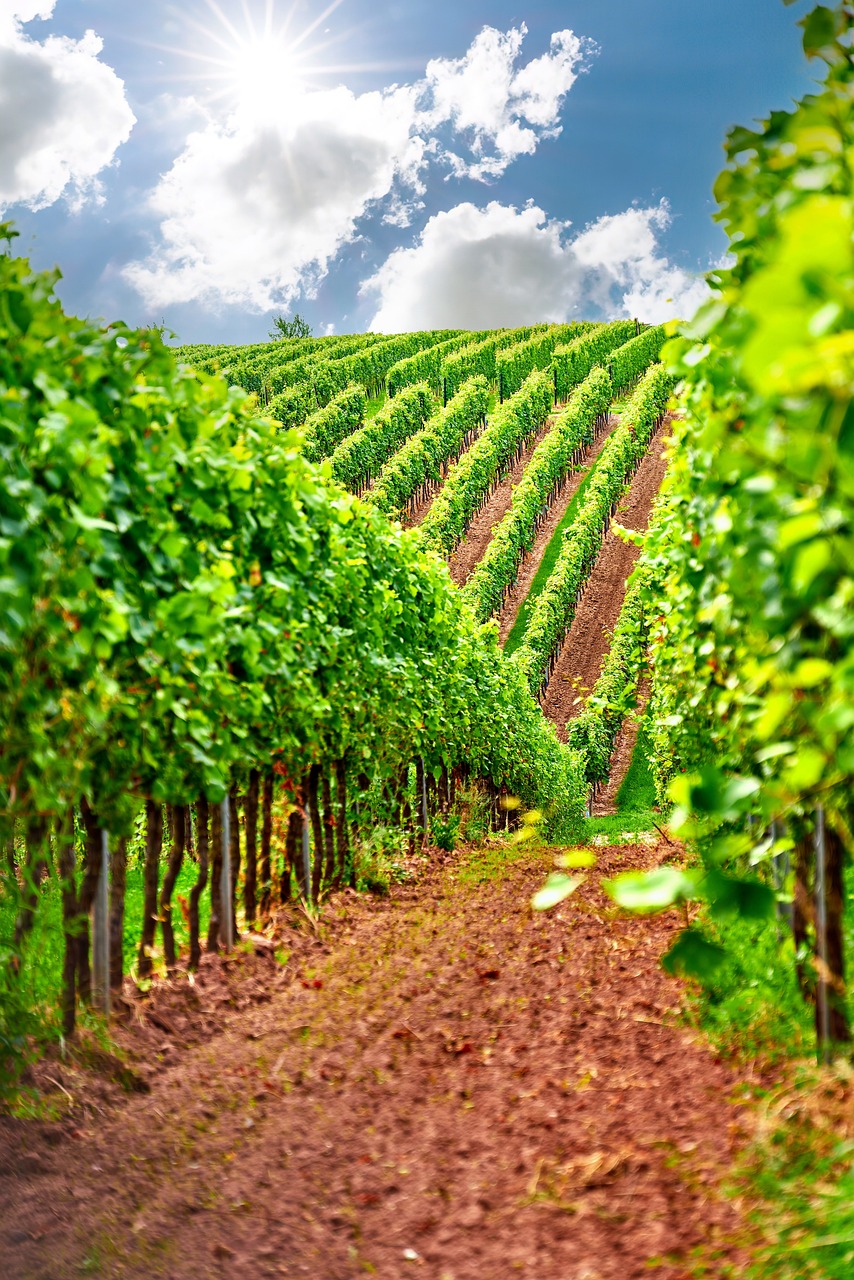
I remember reading wine labels for the first time, and being completely confused on how wine could have aromas of fruit, flowers, vegetal or spice notes let alone honey or tobacco. I wondered if the wine makers added some sort of essence to the wine to give it these notes? Was that possible? Well only once I started studying wine, I figured it all out.
Wine is a complex beverage, and it is both the interaction of the earth’s natural elements as well as the skill of the winemaker and the viticulturalist that make it what it is. I have learned that you cannot make good wine if you don’t have good grapes and it all starts with the “terroir”.
The physical environment in which vines are grown is referred to as “terroir”. The terroir is the total environment including above and below the soil level. Water, mountains, topsoil, bedrock, winds, sun, rain etc has an impact on the vines and the terroir.
Specifically, to the geology of the Western Cape vine growing areas, marine fossils as well as shale, granite, clay, lime and other earthy materials have been found.
So, between the terroir, the viticulturalist (person responsible for the entire process of the grape production from planting, growing, pruning and harvesting and processing of the grapes) and the winemakers (who manage the entire winemaking process), wine gets its aromas and tastes.
Wines have primary, secondary and tertiary aromas. Below is a simplified breakdown to get started.
- White wines (unwooded and without lees contact or malolactic conversion) – aromas of flowers, herbaceous notes, plant vegetation and fruit may be found depending on the varietal. Some wines have notes of wet stones. An aged Riesling may have notes of petrol.
- White wines that have been on the lees, experienced malolactic conversion or have been oaked have additional notes of honey, nuts and flavours of buttery textures depending on the varietal.
- Red wines (unwooded) – the aromas of fruit, herbaceous notes, and spice.
- Red wines that have been oaked and aged in bottle may have aromas of fruit, flowers, spices, earthy notes, coffee, chocolate, tobacco, and the flavour of stronger tannins may be found depending on the varietal.
